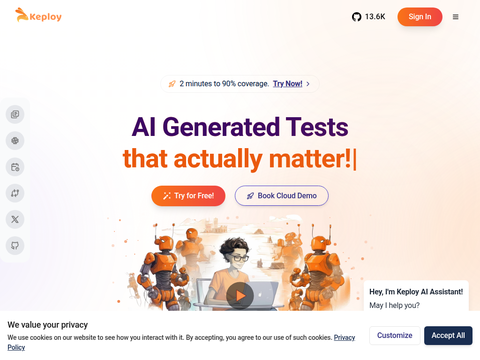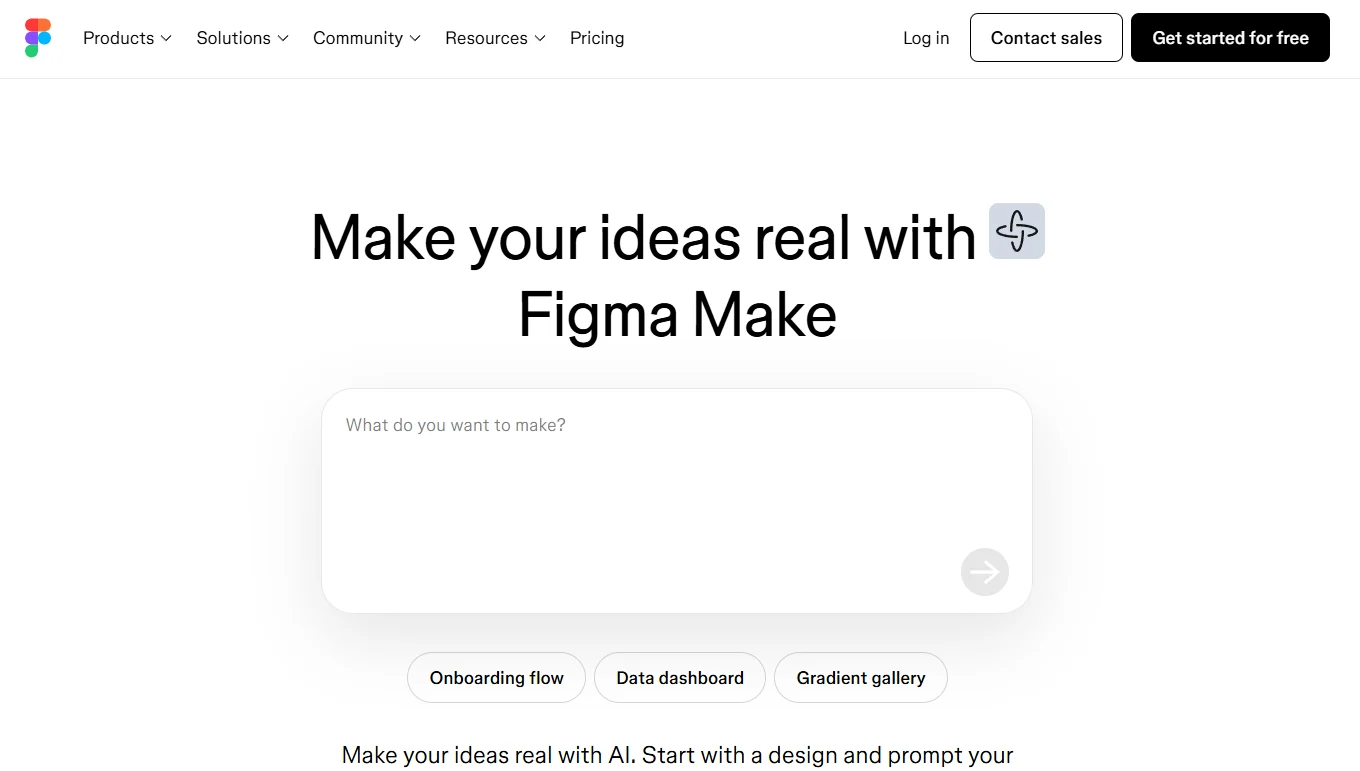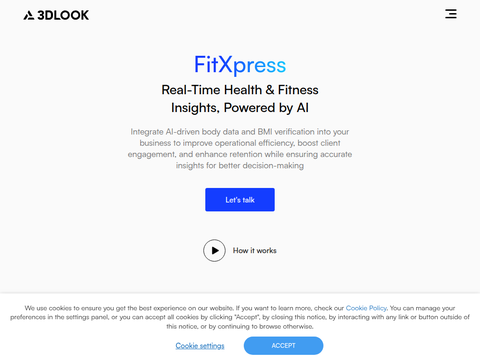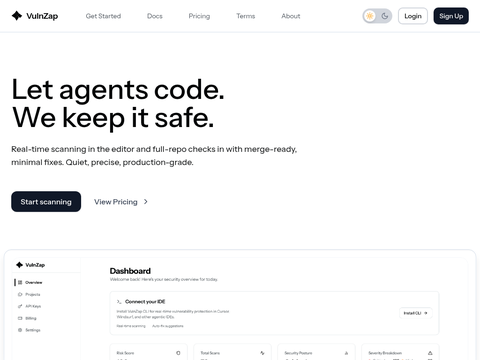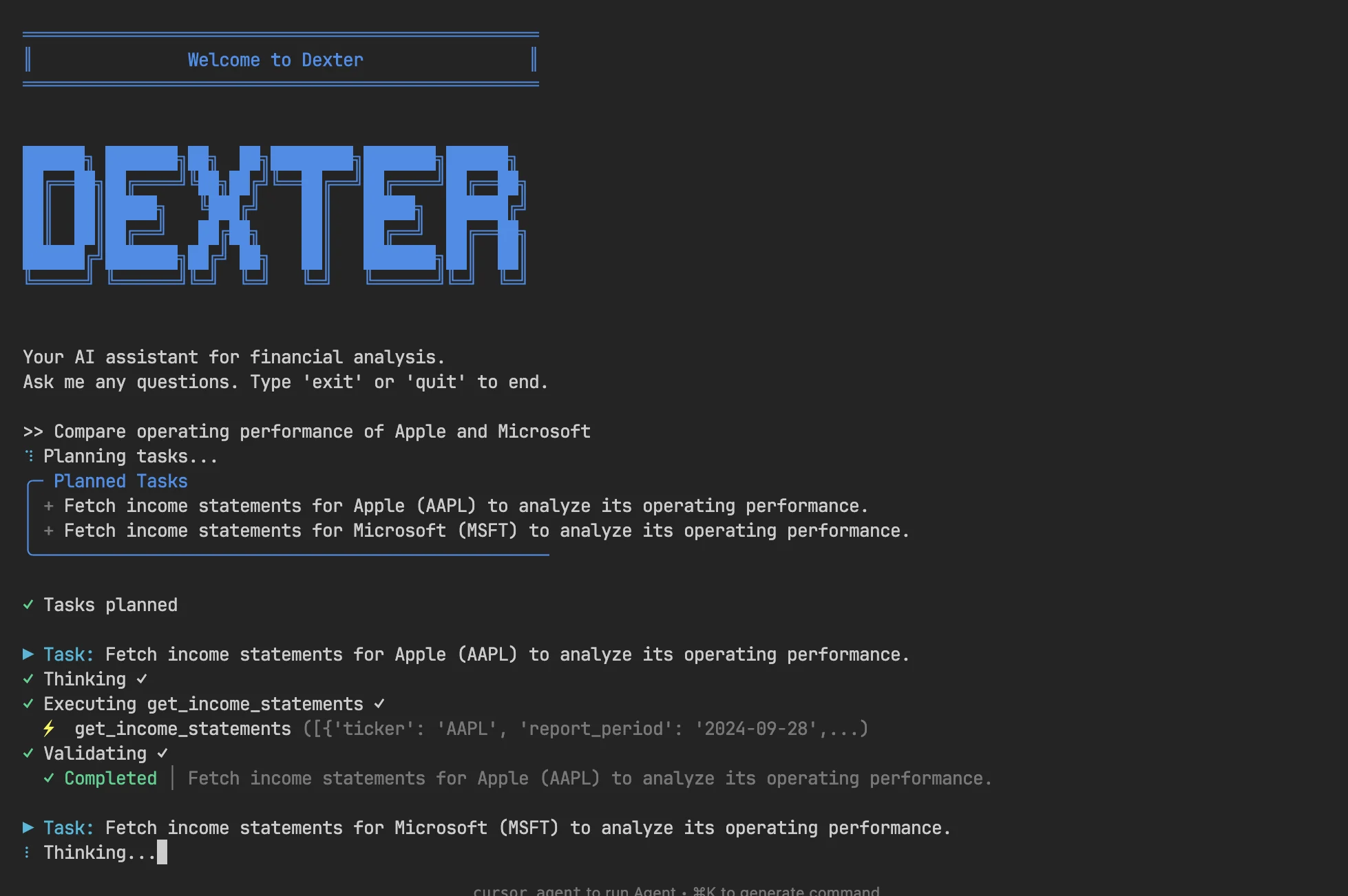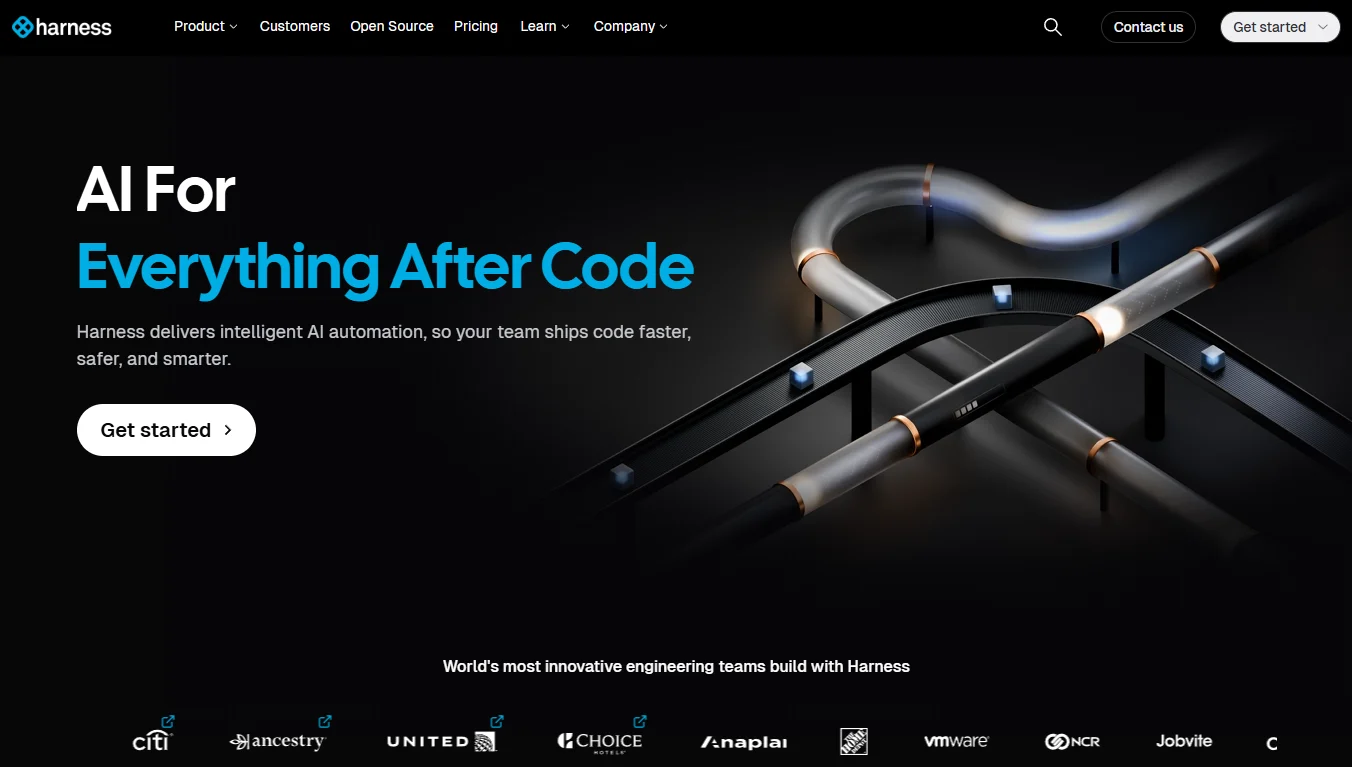As the AI community eagerly anticipates the release of Gemini 3, Google is advancing a complementary strategy for its flagship family of large language models: developing a series of compact, specialized models to enhance efficiency. Following the recent launch of the lightweight language model Gemma 3 270M, the new EmbeddingGemma emerges as a dedicated variant.
EmbeddingGemma is an encoder-only model capable of generating embeddings for tasks such as search, classification, and similarity measurement. This makes it a crucial component for enabling robust, private AI solutions that can run entirely on local devices.
Diving Deeper: The Architecture of EmbeddingGemma
EmbeddingGemma delivers state-of-the-art text understanding capabilities relative to its size. It holds the top ranking among open-source multilingual text embedding models with fewer than 500 million parameters, based on the Massive Text Embedding Benchmark (MTEB), the gold standard for evaluating text embeddings.
The model features 308 million parameters and has been trained on more than 100 languages, ensuring broad applicability. Its design emphasizes efficiency; through quantization, the model can operate in less than 200MB of RAM, making it suitable for resource-constrained devices like smartphones.
The model's performance stems from an architecture specifically engineered for embedding generation. It utilizes the Gemma 3 transformer backbone but incorporates bidirectional attention, enabling the model to understand the full context of a text sequence. This transformation into an encoder architecture allows it to outperform standard decoder-based LLMs in embedding tasks. The encoder-only design is a deliberate choice, reflecting the same principle of task-specific specialization seen in other compact Gemma models.
Two key technologies contribute to EmbeddingGemma's high efficiency. The first is Quantization-Aware Training (QAT). Instead of training the model in full precision and then compressing it, low-precision formats are integrated directly into the training process. This approach significantly reduces the final model's size and memory requirements while maintaining high accuracy.
The second technique is Nested Representation Learning (NRL), named after Russian nesting dolls. This method trains the model to place the most important information in the initial dimensions of its output vector. This allows developers to use the full 768-dimensional embedding for maximum quality or truncate it to smaller sizes like 256 or 128 to accelerate processing and reduce storage costs—all from the same model. The NRL framework ensures that the most critical information is preserved when output dimensions are truncated.
Practical Applications of EmbeddingGemma
A key application of EmbeddingGemma is supporting on-device Retrieval-Augmented Generation (RAG), where it works in tandem with its generative counterparts. In this system, EmbeddingGemma generates high-quality embeddings from queries and documents, which can then be used by a vector database to identify the most relevant information from a user's local documents. Once identified, this context is passed to a compact "generator" model, such as Gemma 3, to produce an informed response.
This dual-model approach enables each component to perform at its best, creating a powerful and efficient system that runs directly on the device. It facilitates private, personalized searches across a user's emails, notes, and files without any data leaving the device. An intriguing example demonstrated by the Google team involves using EmbeddingGemma to populate a local vector database with a user's browsing history, allowing for deeper searches within that history through queries.
Other applications of EmbeddingGemma include classification tasks. For instance, it can be used directly in a browser for sentiment analysis of emails and social media posts.
Accessing EmbeddingGemma
EmbeddingGemma is accessible via popular platforms including Hugging Face and Kaggle. For developers, it can be directly integrated into major AI frameworks such as Sentence Transformers, LangChain, and LlamaIndex, streamlining its adoption into existing workflows. The model is also compatible with widely used local inference tools like Ollama, LMStudio, and llama.cpp, with optimized performance available on Apple Silicon through MLX. For web-based AI, it can run directly in the browser via Transformers.js.
EmbeddingGemma is also designed for customization. Developers can fine-tune the model for specific domains or tasks to achieve enhanced performance. As one example, the Hugging Face team fine-tuned the base model on the Medical Instructions and Retrieval Dataset (MIRIAD). The resulting model demonstrated significant performance improvements in retrieving paragraphs from scientific medical papers, ultimately outperforming general-purpose embedding models twice its size—showcasing the potential for creating highly specialized and efficient tools tailored to specific industries.
EmbeddingGemma aligns with the vision of an "expert fleet," where complex tasks are not handled by a single model but rather by a collection of small, specialized components.
In this paradigm, EmbeddingGemma serves as a foundational building block—the "retrieval" component. It is designed to work alongside other models such as Gemma 3 270M. This composable approach provides lower costs, faster processing, and improved accuracy for specific tasks. Additionally, it offers greater control and privacy by performing key operations on edge devices, eliminating the need to send sensitive data to third-party cloud services.

